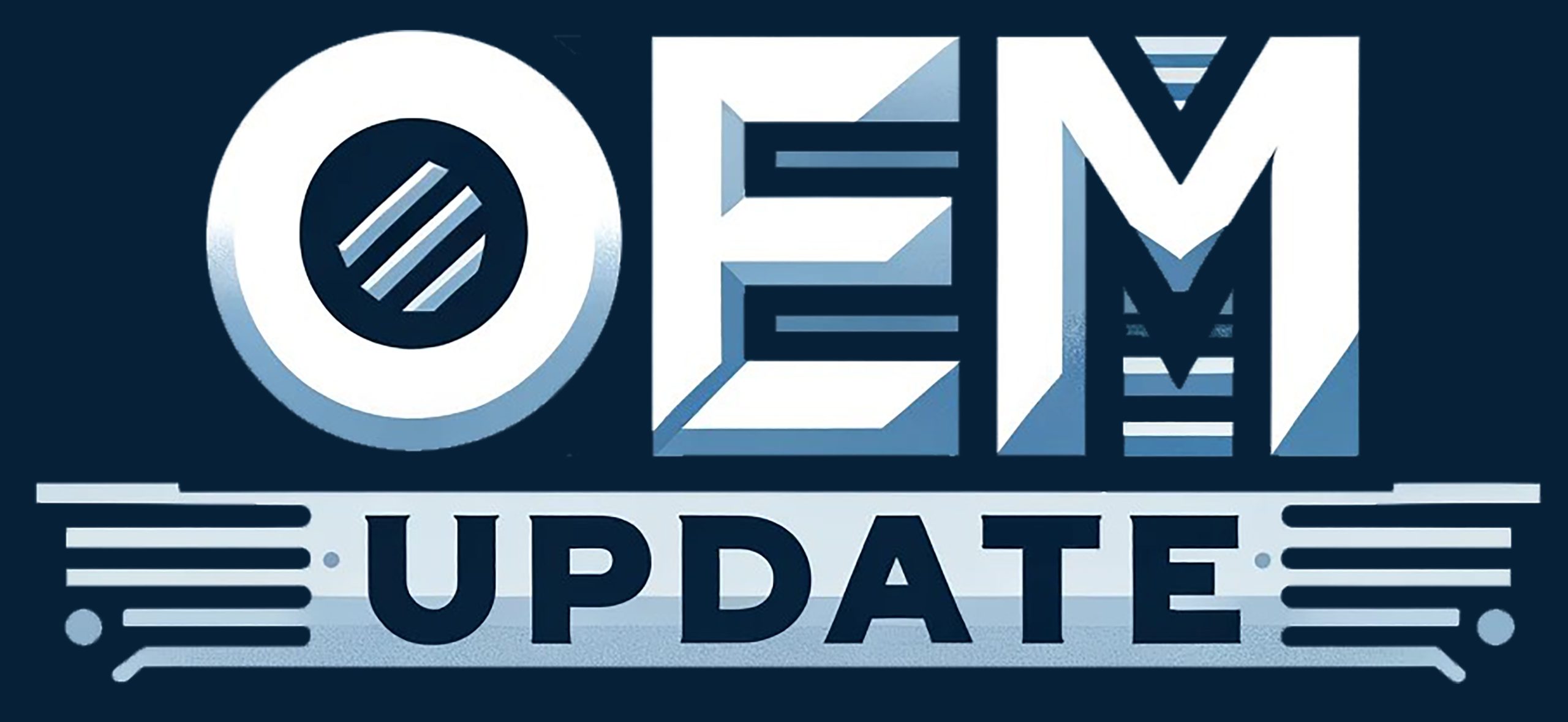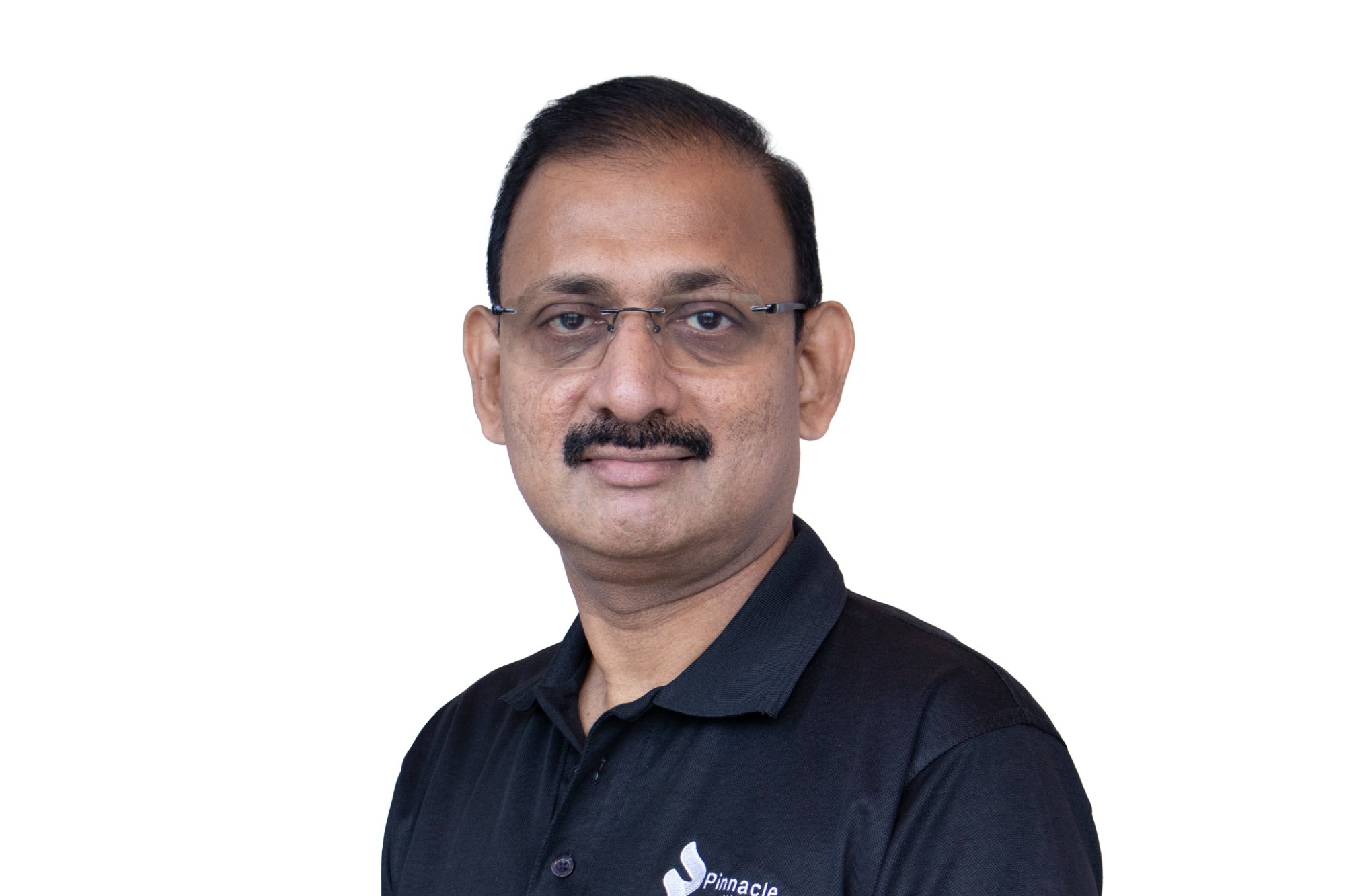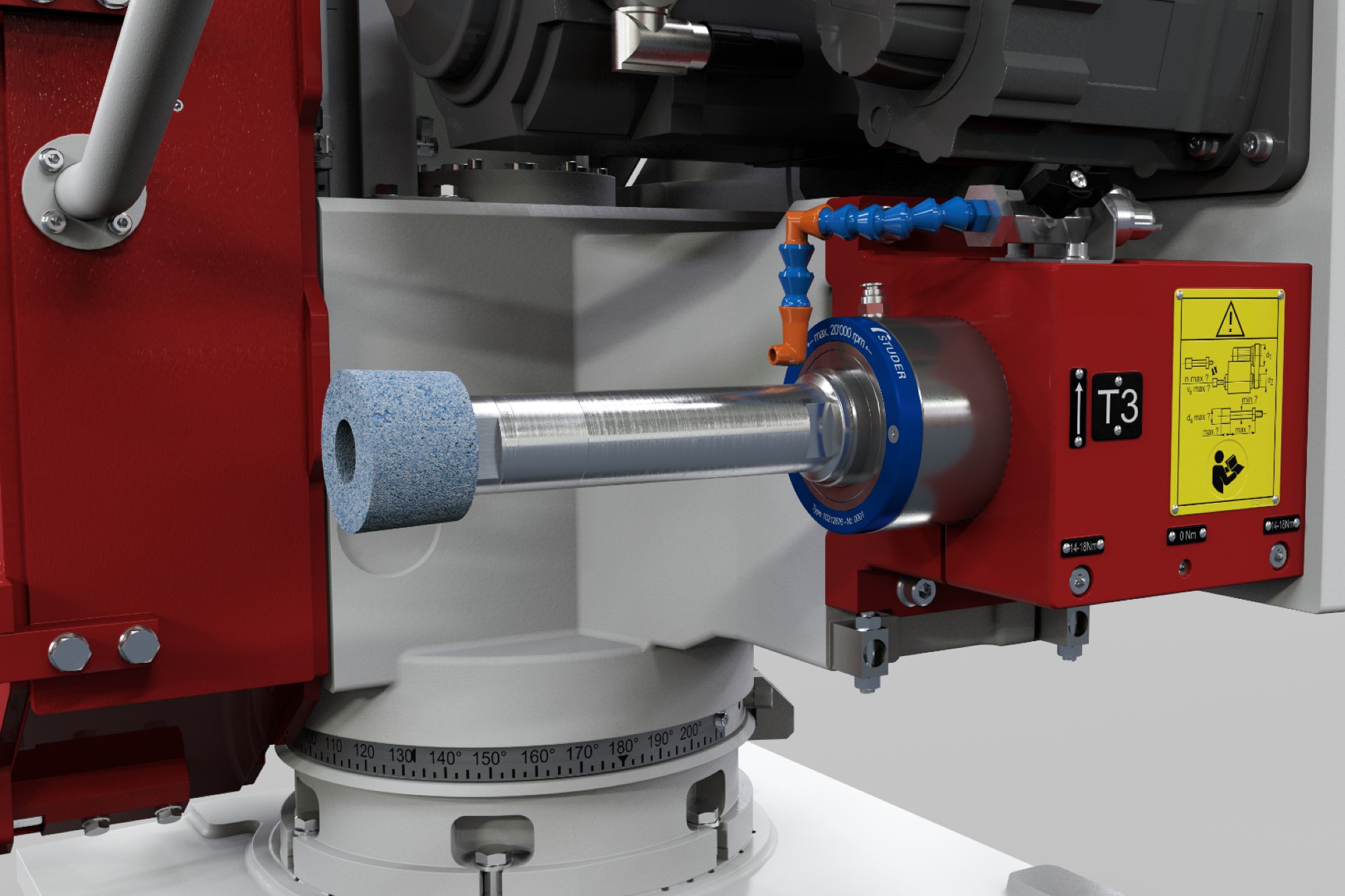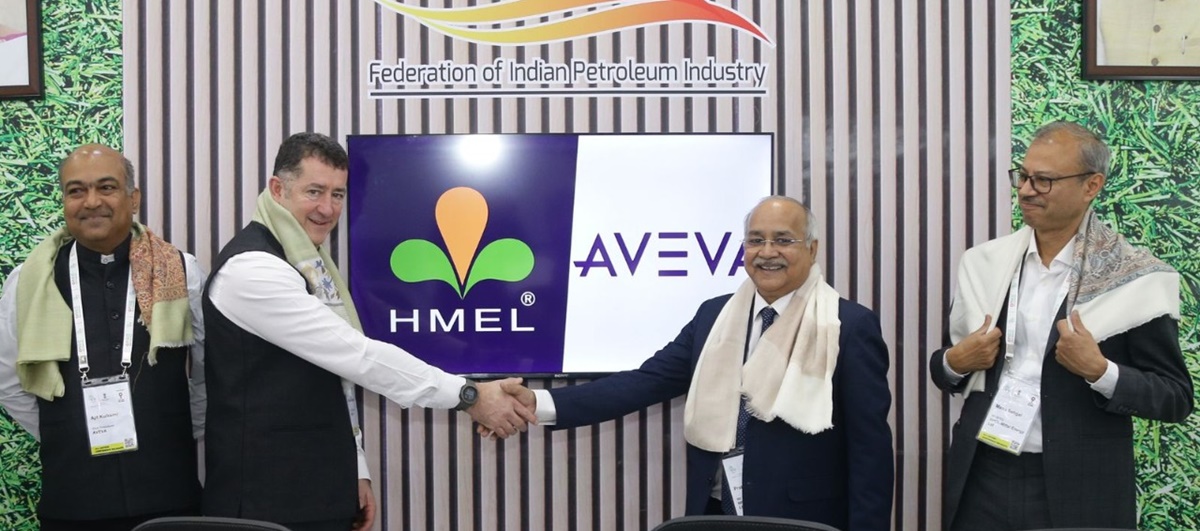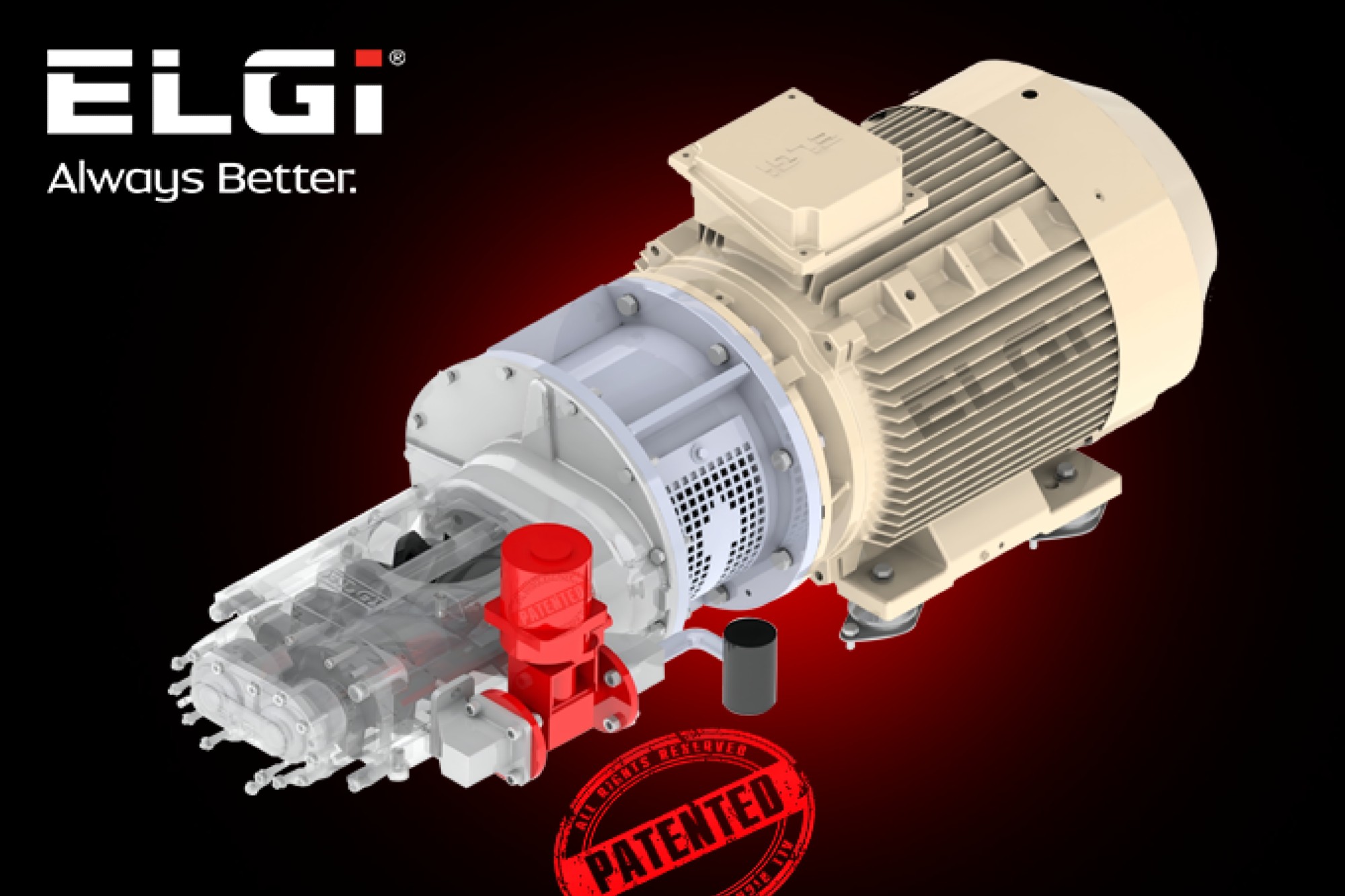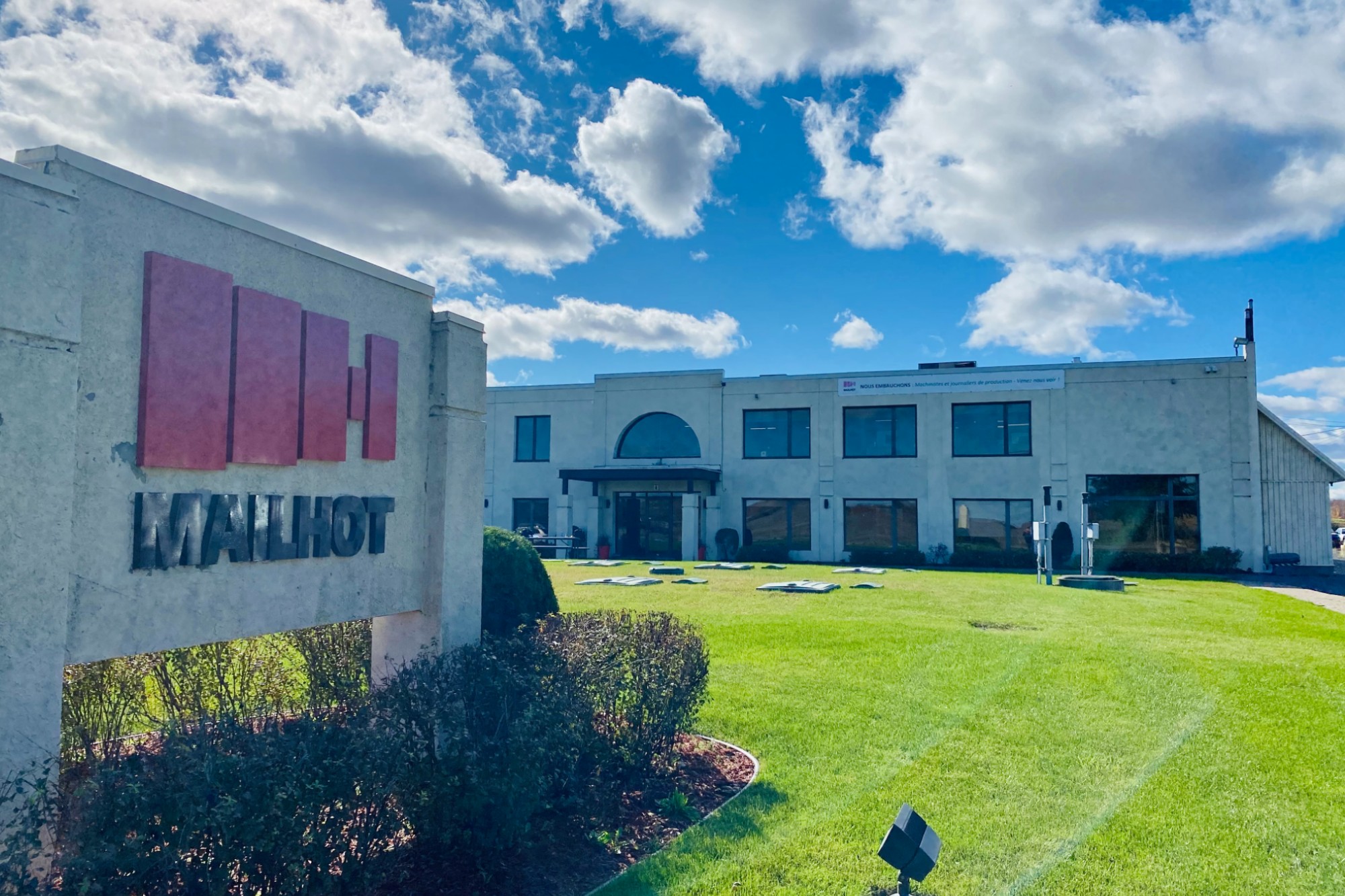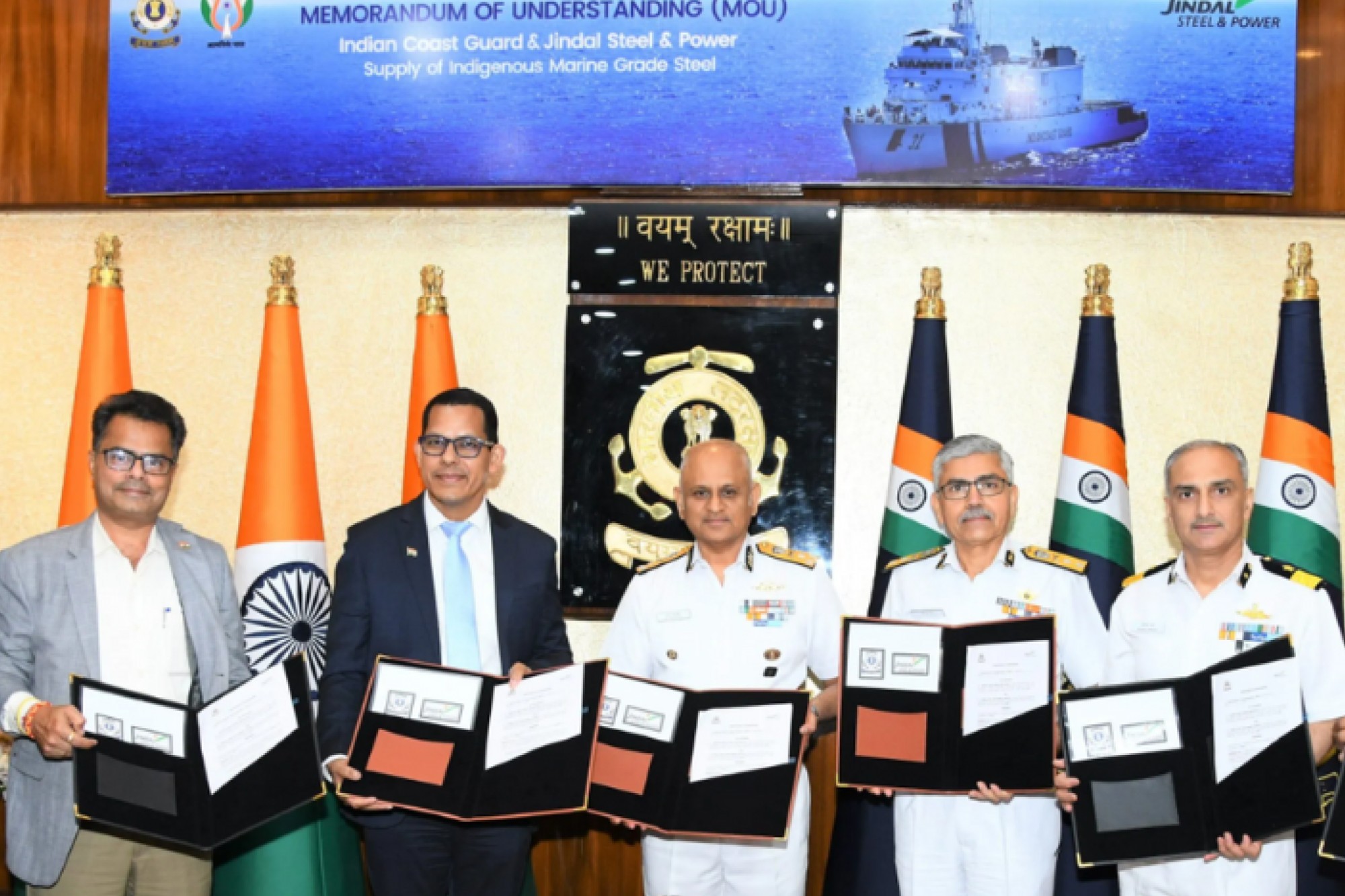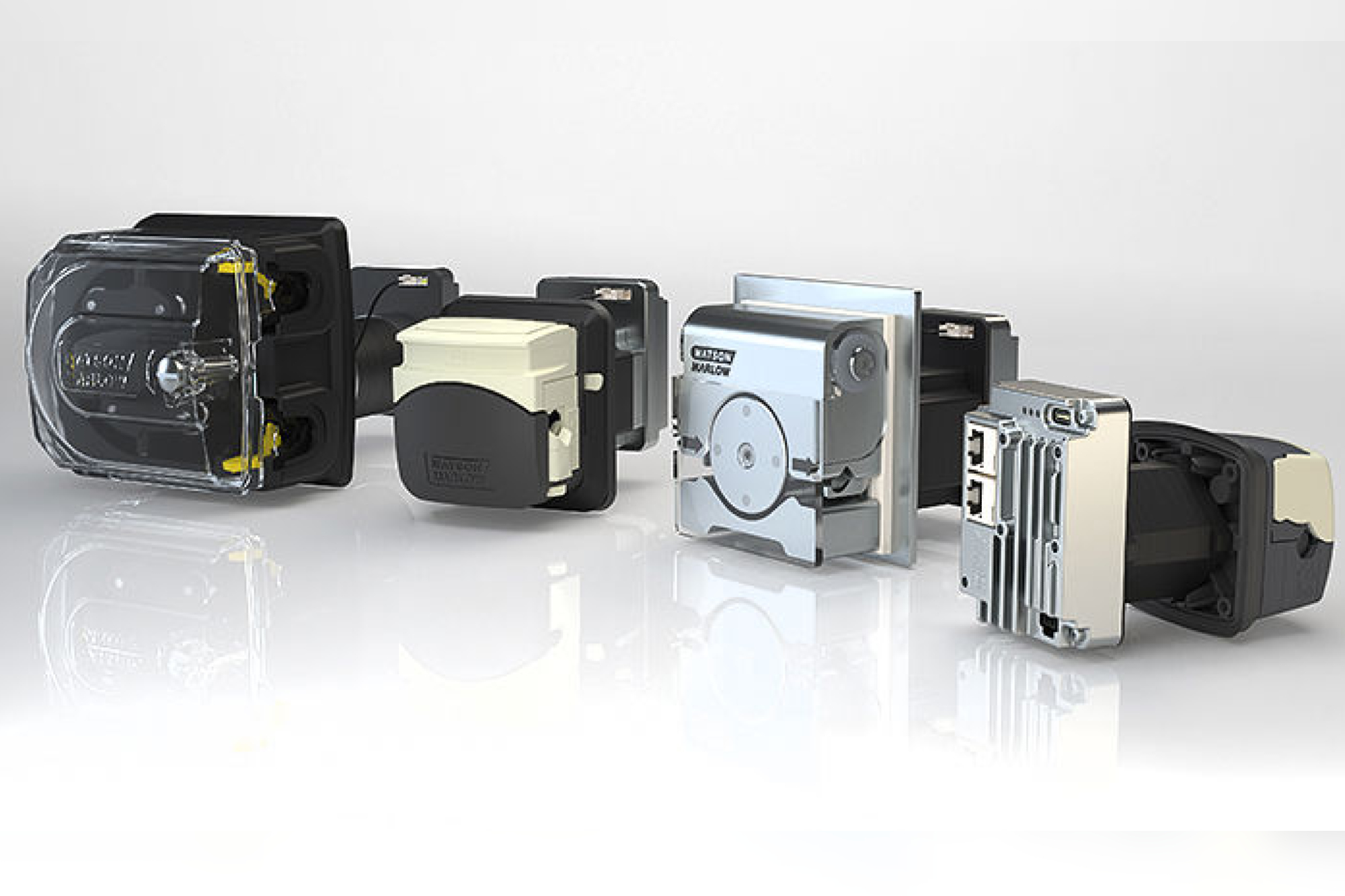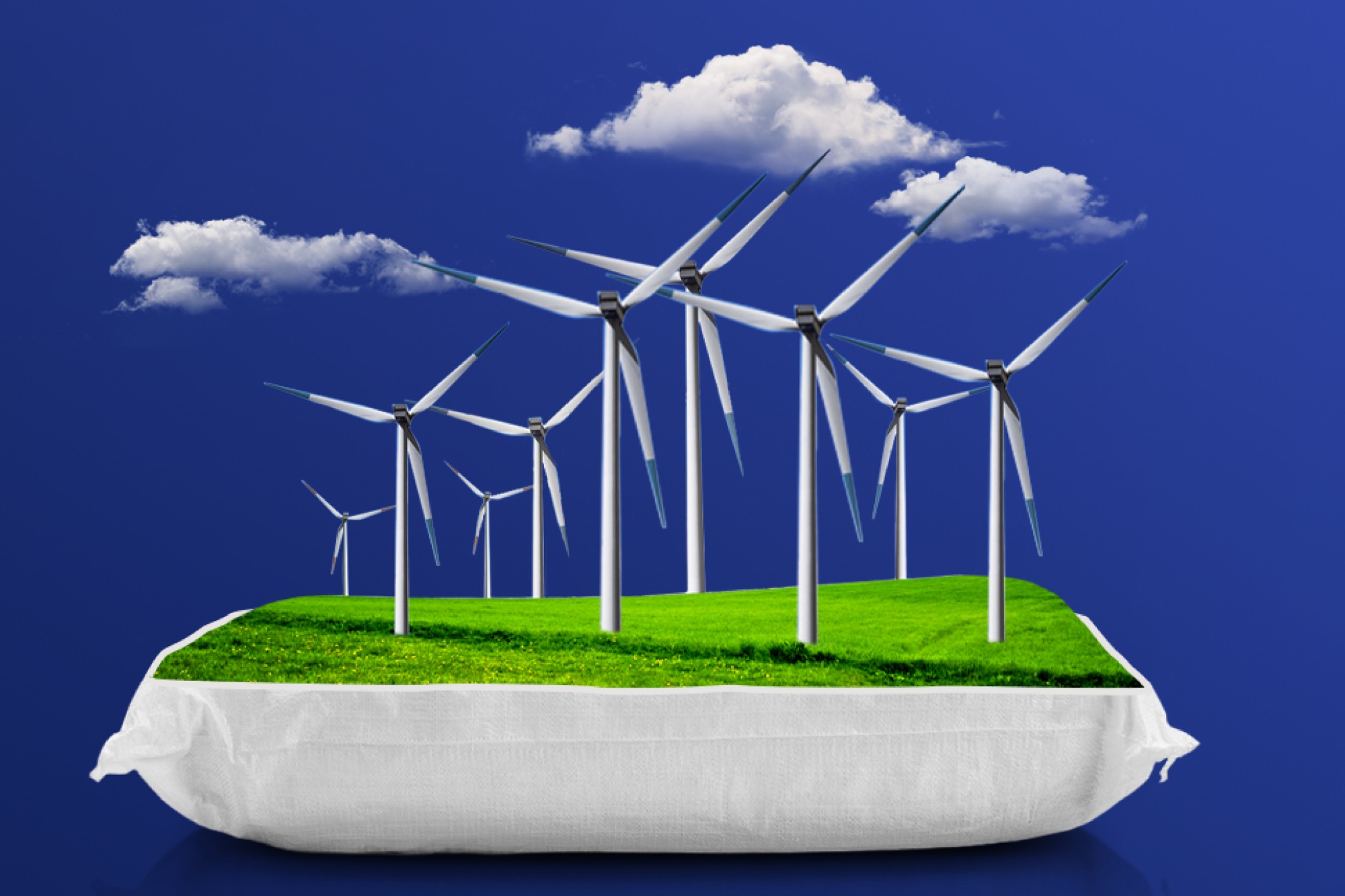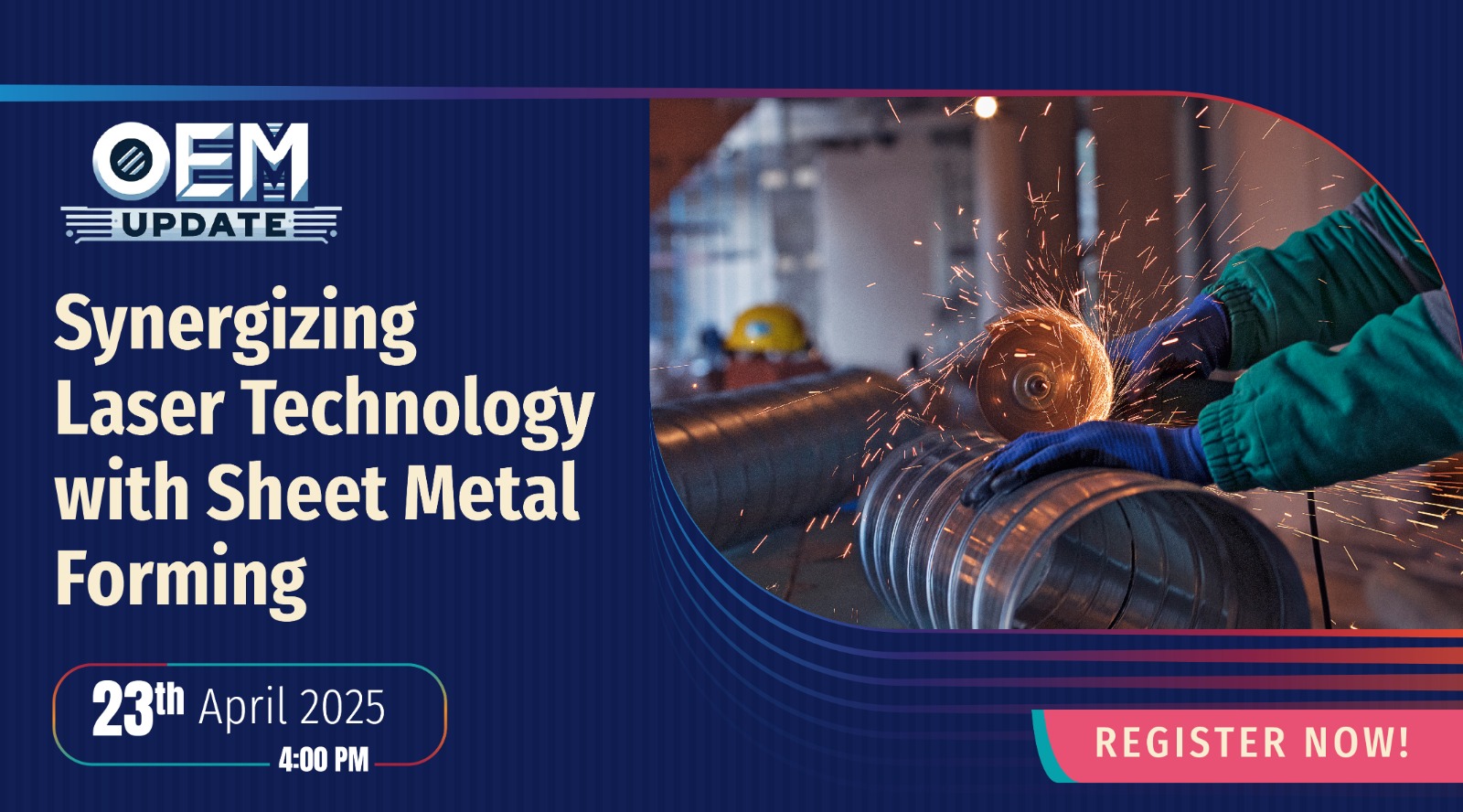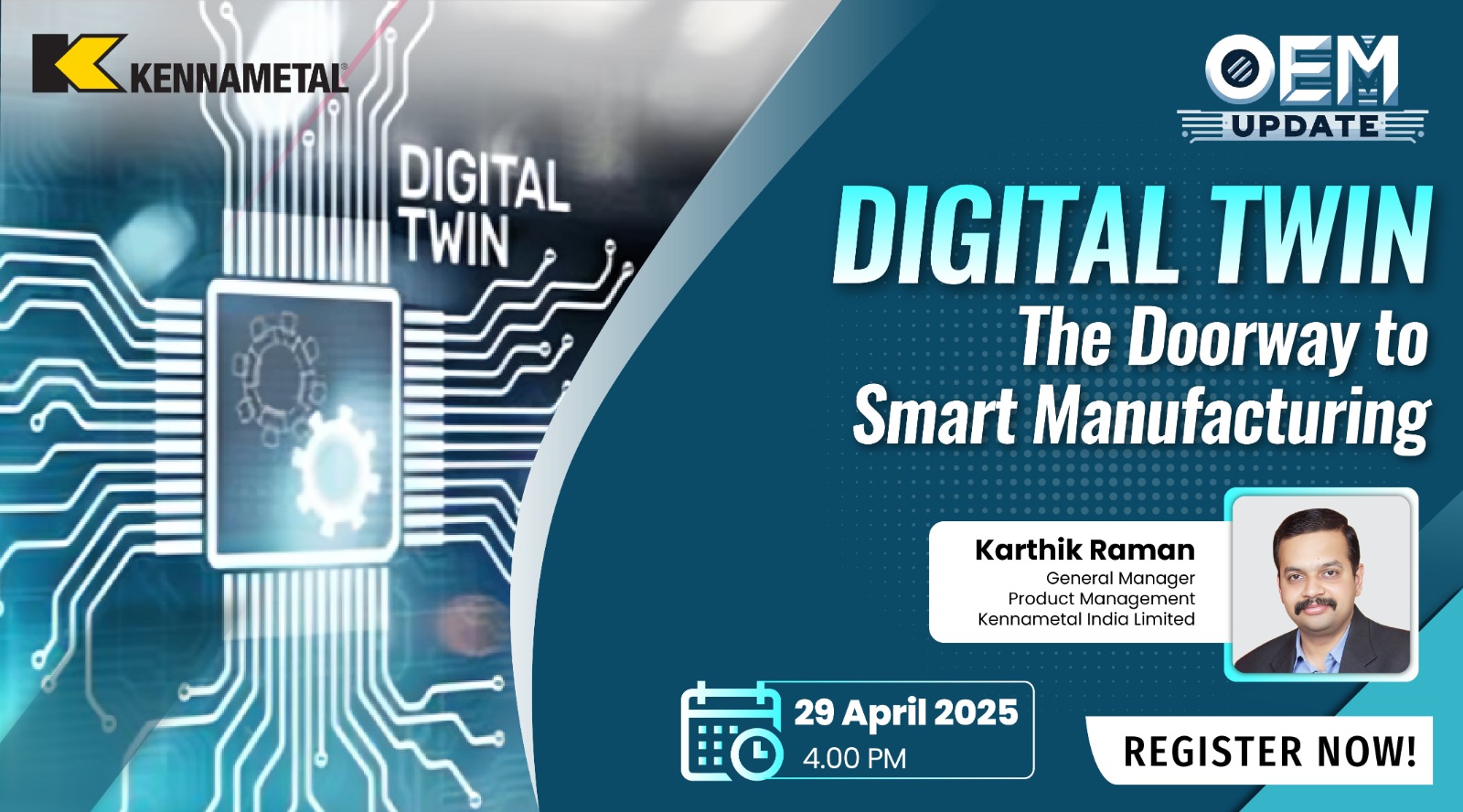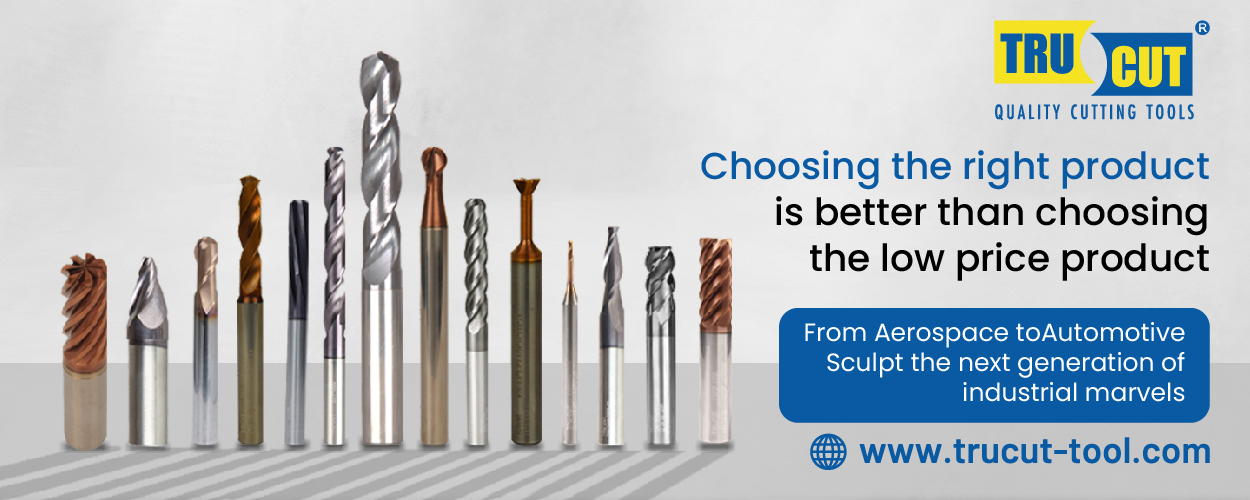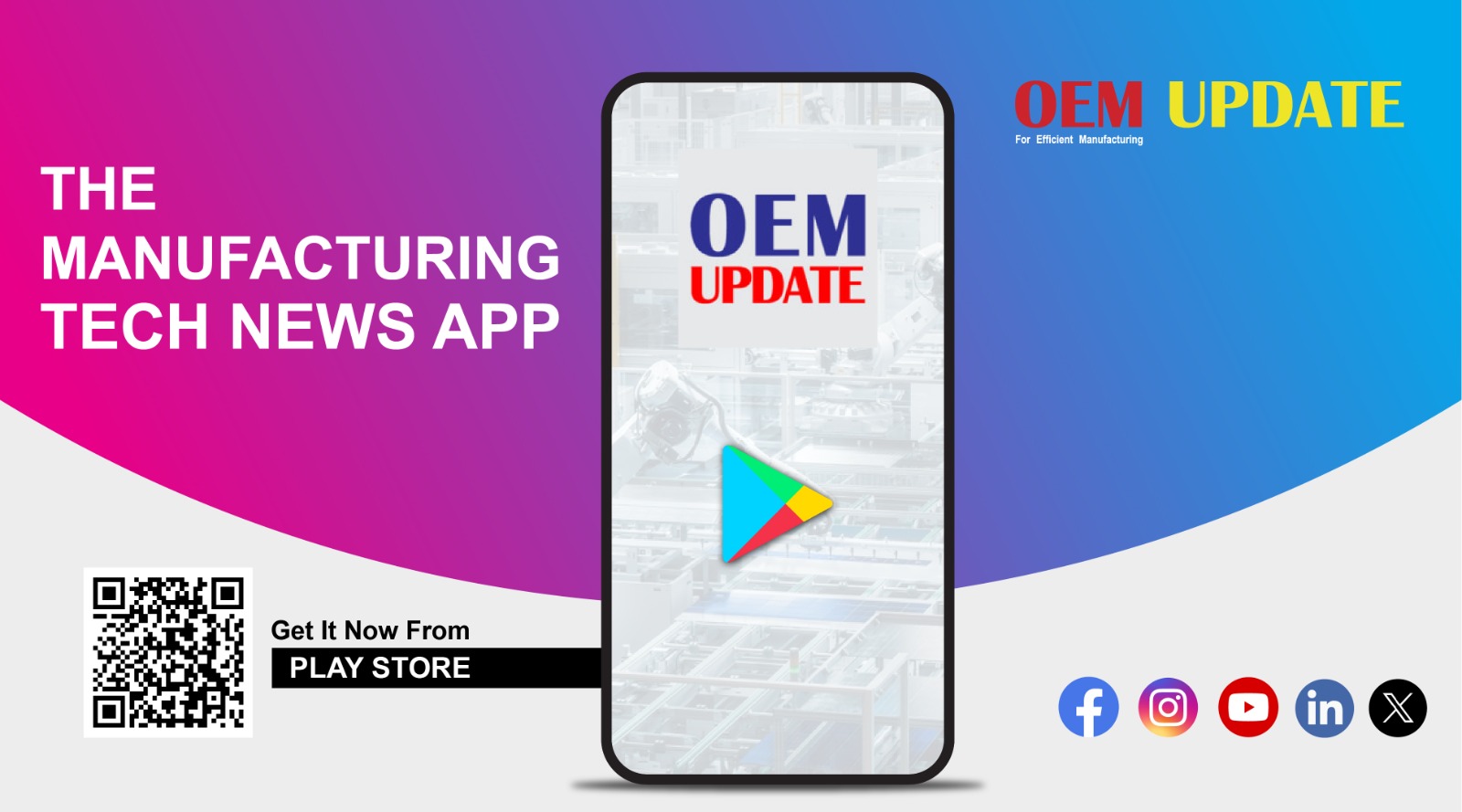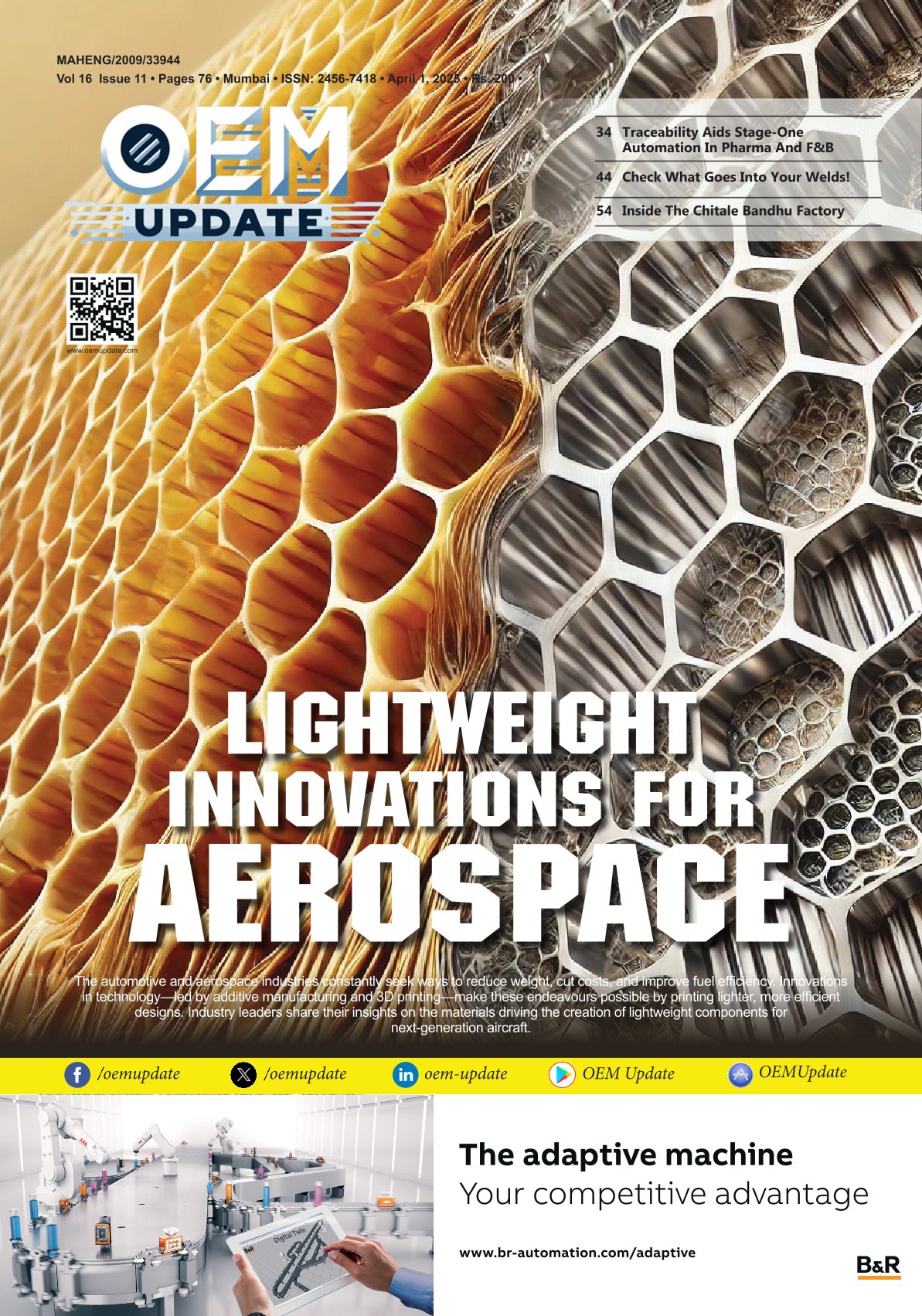Indian rail growth fuels demand for precision machining
By Staff Report February 14, 2025 7:01 pm IST
India’s rail network is one of the world’s largest, transporting over 23 million passengers daily. As one of the most energy-efficient modes of transport, India is investing heavily in rail infrastructure, including the construction of Dedicated Freight Corridors (DFCs) and the Delhi-Varanasi corridor.
According to the International Energy Agency, rail is among the most energy-efficient modes of transport—representing just 2% of total transport energy demand, while accounting for 8% of world passenger and 7% of global freight transport. It’s easy to see why, then, world leaders are taking rail investment seriously.
India’s rail network is one of the largest railway systems in the world, currently spanning over 68,000 kilometres and transporting over 23 million passengers every day. As one of the most efficient modes of transport for freight and passengers, continued investment in rail forms a high priority for a more sustainable, resilient future. But how can this look from an engineering level? Here Harish Maniyoor, Manager – Offer Implementation Turning, at metal cutting and manufacturing solutions expert Sandvik Coromant, explores.
Indian railway advancements
In India, we’re seeing significant investment into the railway sector, which has undergone many developments in recent years. One of the most transformative developments is the construction of Dedicated Freight Corridors (DFCs). These are specialised railway lines intended solely for freight trains, which will greatly enhance the efficiency and capacity of India’s rail transport system. In a recent development, Indian Railways is also looking to establish 100 more Gati Shakti cargo terminals, which will strengthen DFCs even further.
India has also been actively advancing its high-speed rail infrastructure. The most prominent recent high-speed rail initiative is the Mumbai-Ahmedabad High-Speed Rail (MAHSR) project, also known as the bullet train project. A joint venture between the Indian and Japanese governments, the 508 km line will connect Mumbai, Maharashtra, with Ahmedabad, Gujarat, with trains on the route expected to operate at speeds of up to 320 km/h, making the journey between the two cities approximately two to three hours, compared to the eight hours it currently takes by conventional rail.
Another significant high-speed rail project is the Delhi-Varanasi corridor, part of the government’s long-term vision for a nationwide high-speed rail network. This 865 km line will connect the capital, New Delhi, with the city of Varanasi. As well as specific projects, India has wider goals for upgrading its rail system, including a 2024-2025 project to upgrade 40,000 conventional rail bogies to ‘Vande Bharat’ standards. These upgrades will focus on improving safety, comfort, and convenience, incorporating features like better speed capabilities, advanced suspension systems, and modern amenities similar to the Vande Bharat Express trains across the rail network.
But, as India focuses on upgrading its railway infrastructure, there is a growing need for precision machining components. This includes modernising ageing rail networks, increasing capacity through electrification, implementing advanced signalling systems, and integrating digital technologies for more efficient operations.
Meeting tough demands
The production of railway components such as axles, wheels, railway tracks, suspension tubes, and other structural parts requires high-quality machining tools capable of delivering exceptional accuracy, durability, and efficiency. These components must withstand heavy loads, intense wear, and harsh environmental conditions, making precision machining critical to ensuring the reliability and safety of rail systems. High-quality machining tools must offer tight tolerances, consistent performance, and the ability to work with a wide range of materials.
Take rail wheels, for instance, which are subject to extreme stresses and wear from continuous contact with rails, often under heavy loads and at high speeds. Several machining challenges present themselves here. First is the need to maintain very tight tolerances, with even a slight deviation from the specified dimensions possibly leading to issues like uneven wear, vibrations, or noise during train operation, compromising both passenger comfort and safety.Another major challenge is working with materials that can withstand the intense mechanical stresses and harsh environmental conditions trains are exposed to. Train wheels are typically made from high-strength steel or steel alloys with excellent fatigue resistance and wear properties. However, these materials are often difficult to machine due to their hardness and toughness. As a result, thermal management during machining is also a key consideration. Machining high-strength steel generates significant heat, which can cause thermal deformation in the workpiece, affecting dimensional accuracy.
It’s important to recognise that components for different rail types will present their own sets of requirements. Freight trains, for instance, are heavy; hence, the wear on the wheels is high, and brake marks from cargo cars often appear on the outer diameter of the wheels. Metro wheels, in contrast, are far smaller and may feature rubber layers between the outer diameter of the wheel and hub to minimise noise. On the other hand, those operating on high-speed rail networks have high demands on exact wheel dimensions, as it is directly related to the comfort of the passenger. To ensure that the wheels are balanced, the tolerances on the outer diameters are high, and wheels are frequently retuned.
On track with precision machining
There are several machining strategies that, when paired with robust machine tools, can support the production of resilient rail components. Heavy turning is an excellent strategy for machining rail components due to its ability to handle the large components and high-strength materials, as well as its efficiency and precision when working with complex shapes and heavy-duty parts.
When performing heavy turning for rail components, tool life can be significantly improved by focusing on a few key factors. First, choose a cutting tool with a strong, wear-resistant grade that suits the material’s hardness and ensures stability throughout the cut. Minimise cutting forces by using the right feed rate and depth of cut to balance tool pressure, and always ensure proper coolant application to control heat and prevent thermal deformation. Finally, ensure the tool setup and machine stability are optimised to handle high forces and maintain accuracy in turning.
Sandvik Coromant recommends the T-Max® P product range for external turning, offering enhanced cutting stability, improved chip control, and extended tool life to enable precise and efficient machining of tough rail components such as wheels and axles. Optimised for external turning, from roughing to finishing, T-max® P handles medium to large components in steel, stainless steel, cast iron, heat-resistant alloys, and hardened steel. Available with high precision over and under coolant and Coromant Capto® quick tool change interface, high stability and minimised tool inventory can be easily achieved in rail machining.
Additionally, Sandvik Coromant offers expert recommendations on the most suitable turning grades for your rail application, ensuring a complete machining solution tailored to the specific requirements of the workpiece.
The future of Indian rail infrastructure hinges on precision machining and innovative technologies to meet increasing demands for safety and efficiency. By focusing on effective machining strategies and tailored recommendations, we can ensure that the rail industry not only meets today’s challenges but also paves the way for a sustainable and efficient transportation network for the future.
Cookie Consent
We use cookies to personalize your experience. By continuing to visit this website you agree to our Terms & Conditions, Privacy Policy and Cookie Policy.
